Swiss Design: A Journey into Precision and Functionality
When you think of Switzerland, what comes to your mind? Chocolates that melt into decadent bliss, intricate timepieces that are a symphony of clicks and whirrs, or perhaps the majestic Alpine landscapes that take your breath away?
While these are all quintessentially Swiss, there is another emblematic gem that often goes unsung, something that's deeply ingrained in our everyday life. It's Swiss design, the perfect symbiosis of precision and functionality. Today, we're embarking on a journey through the crisp lines and the clean aesthetic of Swiss design – a trip, I assure you, as riveting as the most winding Alpine passes. Buckle up, folks!
At the core of Swiss design is the famous motto, “Form follows function.” The two dance together in perfect harmony in a world where aesthetics don't eclipse purpose. Swiss design has effectively carved out a niche for itself in the global design world, and according to recent statistics from the Federal Department of Home Affairs in Switzerland, the design sector contributed an impressive CHF 6.5 billion ($7.1 billion) to the Swiss GDP in 2022. Can we afford not to talk about this powerhouse?
Switzerland's minimalist and meticulously crafted design principles have reached every nook and cranny of our daily existence. Whether it's the Helvetica font or the iconic Swiss army knife in your camping kit, the Swiss design philosophy has been whispering in our ears all along. We are so used to its presence and comfortable in its familiarity that we often forget to recognise it.
- Hardcover Book
- English (Publication Language)
- 376 Pages – 02/20/2015 (Publication Date) – Lars Müller Publishers (Publisher)
Over the next series of blogs, we'll trace this fascinating design movement's genesis, dissect its components' simplicity, and celebrate its quiet, omnipresent role in the world. We'll discover together the stories, people, and innovations that have shaped Swiss styles into what it is today.
So, stick around! Whether you're a design guru, a novice, or just someone with a soft spot for all things Swiss, I promise this journey is one you will want to take advantage of. Together, we'll unwrap the Swiss design style – that perfect package of precision, functionality, and understated beauty.
Table of Contents
Origins of Swiss Design

To truly grasp the essence of Swiss design, it is crucial to delve into its origins and understand the historical context that shaped its development—the late 19th century marked a significant period in Switzerland's artistic landscape, characterised by the emergence of the Swiss Arts and Crafts Movement. This movement emerged as a response to the growing industrialisation and mass production that swept Europe then.
The Swiss Arts and Crafts Movement stood firmly against the dehumanising effects of industrialisation, emphasising the value of traditional craftsmanship and meticulous attention to detail. The movement aimed to preserve and celebrate the quality and integrity of handmade objects, promoting the idea that beauty and utility should go hand in hand. This ideology laid the foundation for the distinct character that defines Swiss design today.
Within this historical backdrop, the Swiss Style, also known as the International Typographic Style, came into being. It evolved as a direct result of the influences from two major artistic movements of the early 20th century: the Bauhaus and De Stijl. These movements' principles inspired Swiss designers to establish a visual language prioritising design clarity, simplicity, and functionality.
The Swiss Style championed that design should serve a purpose beyond mere decoration. It aimed to communicate information effectively and efficiently, focusing on clean lines, rational grid systems, and minimal ornamentation. By eliminating unnecessary elements and embracing a harmonious balance between form and function, Swiss designers created visually striking designs and easily comprehensible.
Notable figures like Ernst Keller and Theo Ballmer played vital roles in shaping the Swiss Style and propelling its future evolution. Ernst Keller, a Swiss painter, designer, and educator, was crucial in establishing design education in Switzerland. He emphasised the importance of visual clarity and legibility, advocating for a structured and systematic approach to design. Keller's teachings laid a strong foundation for the principles that would define the Swiss Style.

Another influential figure, Theo Ballmer, contributed to the advancement of Swiss design through his innovative typography and graphic design work. He sought to achieve visual harmony by skillfully integrating typography with images, creating visually captivating and highly functional designs. Ballmer's experiments with dynamic typographic compositions pushed the boundaries of innovation and helped shape the future direction of the Swiss Style.
Over time, the Swiss Style gained international recognition and became dominant in graphic design and visual communication. Its influence spread beyond Switzerland's borders, permeating various design disciplines, including architecture, product design, and advertising. The Swiss Style's emphasis on precision, clarity, and functionality resonates with designers worldwide, making it a timeless and enduring design movement.
In summary, Swiss design finds its roots in the reaction against industrialisation and mass production during the late 19th century. The Swiss Arts and Crafts Movement laid the groundwork by prioritising traditional craftsmanship and quality. Building upon this foundation, the Swiss Style emerged as a visual language that emphasised clarity, simplicity, and functionality, influenced by the Bauhaus and De Stijl movements. Visionary figures such as Ernst Keller and Theo Ballmer shaped and propelled the evolution of the Swiss Style, establishing its principles and leaving a lasting impact on the design world.
Critical Principles of Swiss Design
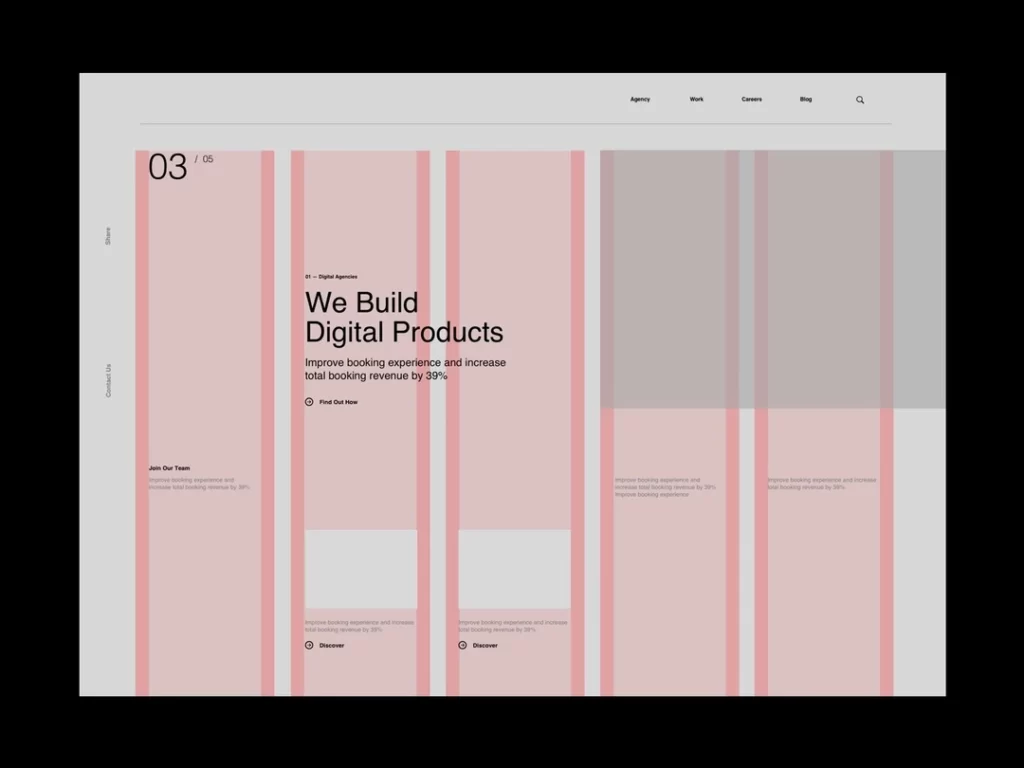
Swiss design embodies fundamental principles synonymous with its distinctive style and global recognition. One principle at the heart of Swiss design is the “Form Follows Function.” Swiss designers strongly emphasise the functionality and purpose of a design, prioritising its usability over unnecessary embellishments. By eliminating superfluous ornamentation and focusing on clean lines and simplicity, Swiss design achieves a timeless aesthetic that remains visually appealing while serving its intended purpose with utmost efficiency.
In addition to the “Form Follows Function” principle, Swiss design also embraces grid systems and typography. Grid systems provide a structured framework for layout and organisation, enabling designers to achieve balance and harmony within their compositions. Swiss designers expertly employ grids to create visually pleasing and well-structured designs seamlessly integrate various elements.
Furthermore, typography is significant in Swiss design, with renowned typographers such as Max Miedinger, Adrian Frutiger, and Josef Müller-Brockmann contributing significantly to its development and popularisation. Swiss typography is characterised by its cleanliness, legibility, and meticulous attention to detail, enhancing the overall visual impact of a design.
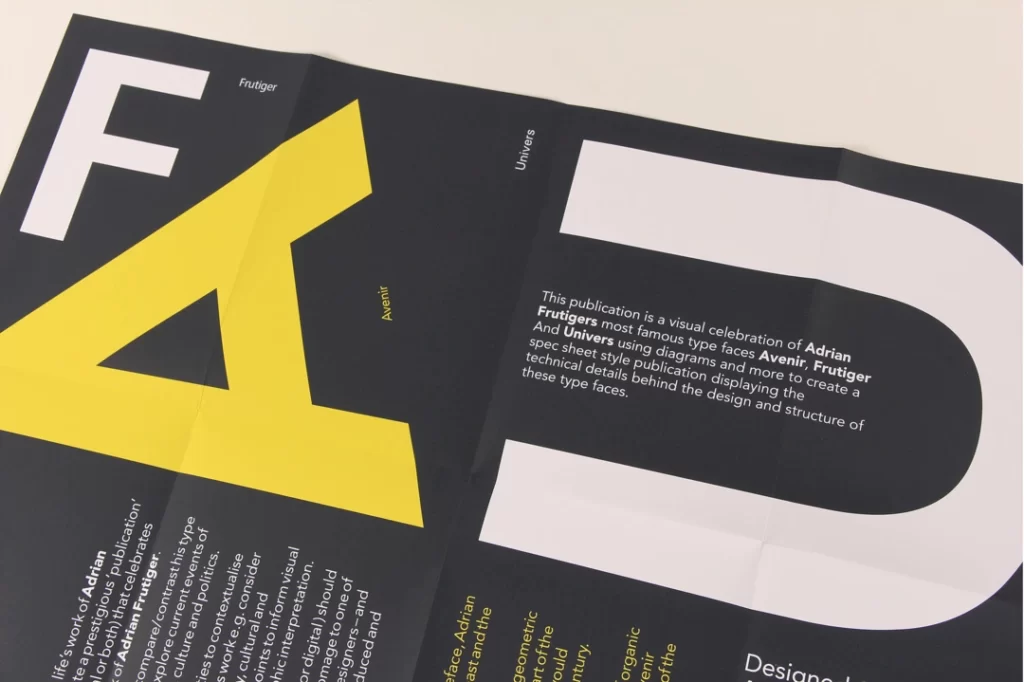
Precision and craftsmanship are deeply ingrained in Swiss design culture. Swiss designers possess an unwavering commitment to excellence, consistently striving for perfection in every aspect of their creations. This dedication to precision is most prominently exemplified in Swiss watchmaking. Swiss watches, renowned worldwide for their technical superiority, embody the convergence of Swiss design principles with exceptional craftsmanship. Each timepiece is meticulously crafted with unparalleled precision and attention to detail, resulting in elegant and reliable watches coveted for quality and durability.
The enduring influence of Swiss design can be observed across various industries beyond watchmaking. From architecture and furniture design to graphic design and product development, the principles of Swiss design continue to inspire and shape creative endeavours around the globe. Swiss designers' unwavering focus on functionality, skilful use of grid systems and typography, and pursuit of precision and craftsmanship collectively define the Swiss design legacy. This approach produces visually pleasing and purposeful designs and embodies the values of efficiency, clarity, and timeless elegance at the core of Swiss design philosophy.
Swiss Design in Graphic Design and Typography
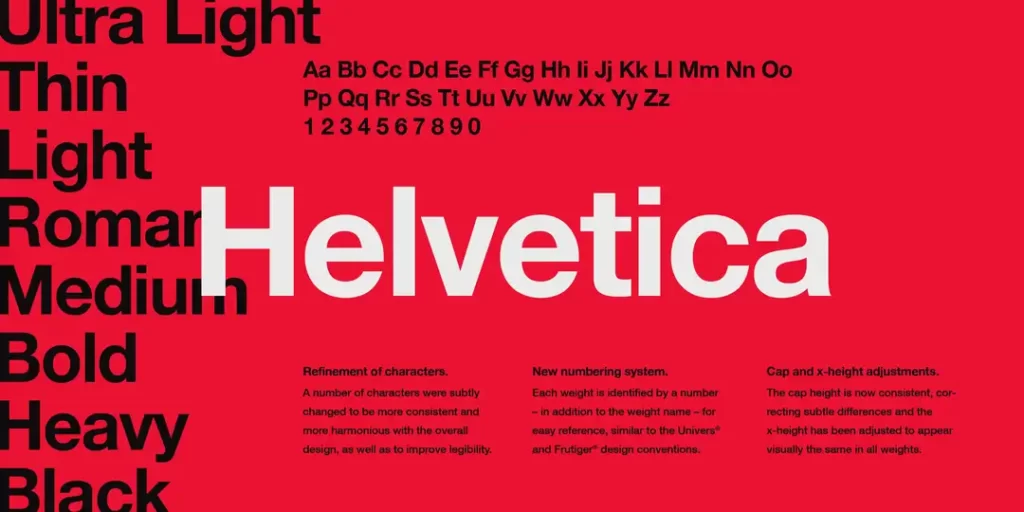
Swiss design's influence on graphic design and typography cannot be overstated. The International Typographic Style, which emerged from Switzerland in the mid-20th century, revolutionised the field of graphic design with its clean, organised layouts and sans-serif typefaces.
Designers like Max Miedinger, Adrian Frutiger, and Josef Müller-Brockmann played instrumental roles in shaping the Swiss typography movement. Max Miedinger's creation of Helvetica, arguably the most iconic Swiss typeface, provided a clean and versatile option that became synonymous with Swiss design.
The impact of Swiss design on poster design is also noteworthy. Swiss posters are characterised by bold and impactful designs, often using strong geometric shapes and vivid colours to convey messages effectively. Josef Müller-Brockmann, a master of Swiss poster design, pioneered using grids and typography to create visually striking compositions.
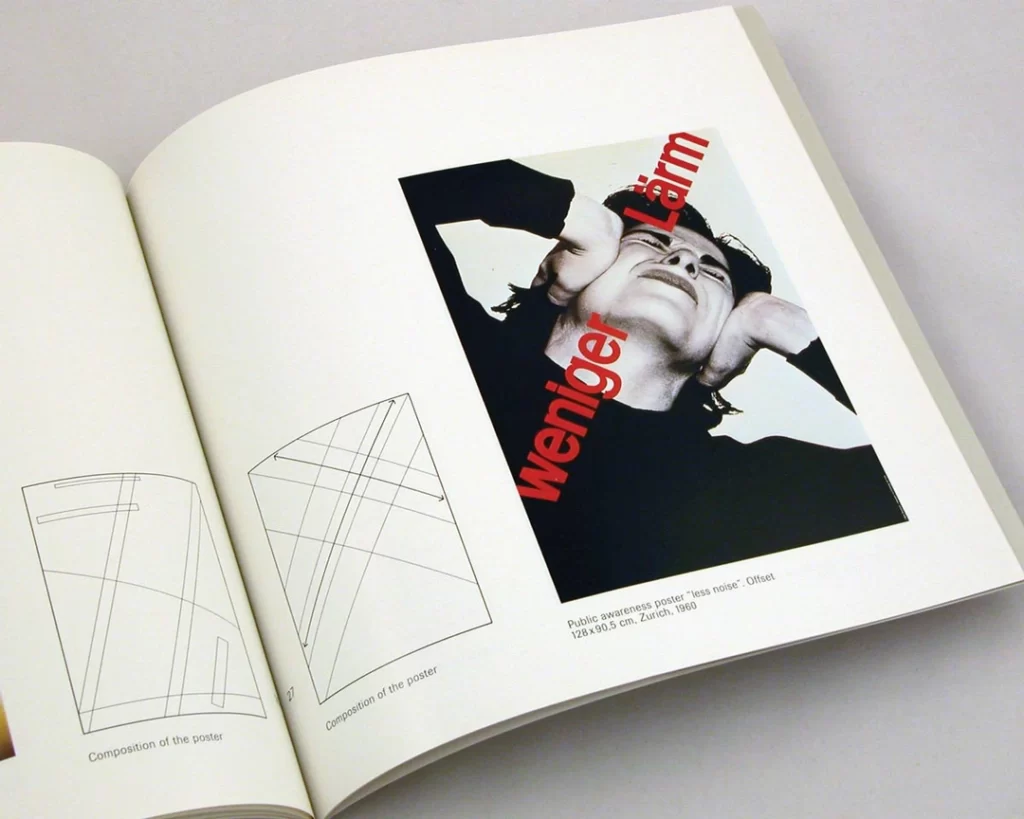
As the design evolved, a new movement known as the New Wave emerged, challenging the established principles of Swiss design. Wolfgang Weingart, a prominent figure in this movement, pushed the boundaries of typography, embracing experimental and expressive approaches while still retaining the core principles of Swiss design.
Today, Swiss typography continues to thrive, both in traditional print media and digital platforms. The influence of Swiss design can be seen in the legibility and simplicity of digital interfaces and the careful consideration given to typography in digital publications and branding.
- Hardcover Book
- Hollis, Richard (Author)
- English (Publication Language)
- 272 Pages – 04/28/2006 (Publication Date) – Yale University Press (Publisher)
Swiss Design in Architecture and Industrial Design
Swiss design extends beyond graphics and typography, significantly contributing to architecture and industrial design. The modernist architecture movement found fertile ground in Switzerland, with renowned architect Le Corbusier leaving a lasting impact on Swiss architecture. His innovative urban planning and design approach is still seen in Swiss cities today.
Hansjörg Göritz, a contemporary Swiss architect, embodies the essence of Swiss minimalism in his designs. His architectural creations embrace clean lines, open spaces, and the beauty of simplicity. Swiss design principles also resonate in furniture and product design, with iconic Swiss-designed products like the Swiss Army Knife and Leica cameras exemplifying the marriage of precision, functionality, and elegant design.
The epitome of Swiss design's excellence lies in watchmaking. Swiss watches are renowned worldwide for their precision, craftsmanship, and timeless elegance. The Swiss watch industry has a long-standing tradition of combining mechanical engineering with exquisite design, resulting in timepieces that are not only accurate but also coveted works of art.
Swiss Design's Global Influence
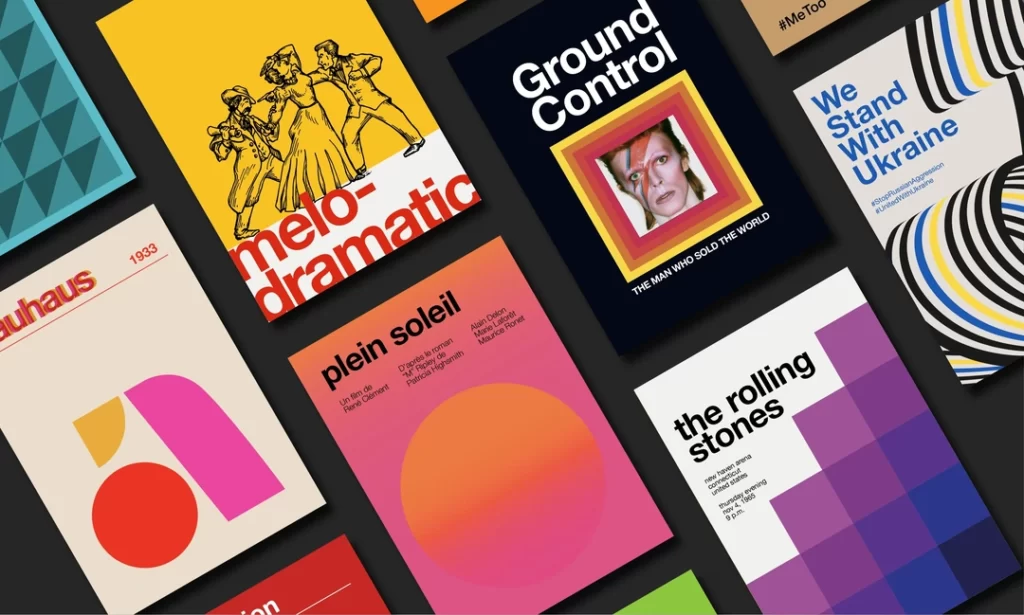
Swiss style's influence extends far beyond the borders of Switzerland. It has significantly impacted the international design landscape through its representation at world expositions. Swiss pavilions at these expos showcased the country's design legacy, captivating visitors and shaping their perception of Swiss design excellence.
Switzerland is also home to renowned design schools, such as the Zurich University of the Arts and the Basel School of Design, which have produced exceptional design talent. These institutions attract international students, further enhancing Swiss design's global reach and influence.
Contemporary Swiss designers and design studios continue to push boundaries and innovate. Their collaborations with international partners, commitment to sustainability, and incorporation of digital technologies have propelled Swiss design into the future. The precision and attention to detail that define the Swiss style have found new expressions in product design, digital interfaces, and user experience.
The Future of Swiss Design

As we look ahead, we find that Swiss design remains as relevant as ever. The principles of Swiss design, rooted in functionality, precision, and elegance, have a timeless quality that transcends fleeting trends: this timelessness and a commitment to sustainability position Swiss design well for the future.
Swiss designers increasingly integrate eco-friendly practices into their creative processes in an era where sustainability and responsible design are paramount. They are reimagining materials, embracing circular economy principles, and striving for designs that minimise environmental impact while maximising utility.
Digital transformation is also shaping the future of Swiss design. Designers are embracing digital tools and technologies to enhance their creative process, streamline collaboration, and explore new frontiers in design expression. Swiss designers are evolving alongside the rapidly changing design landscape by embracing technology while staying true to their design principles.
Swiss design's enduring relevance and global recognition testify to its enduring appeal. Its influence can be seen in countless creations across various industries and inspires designers worldwide. Swiss designers stand firm as the world evolves, providing a foundation of precision, functionality, and elegance that will continue to shape the design world for future generations.
In conclusion, the Swiss style's timeless elegance, precision engineering, and unwavering attention to detail have made it an enduring force in the global design landscape. From its origins in the Swiss Arts and Crafts Movement to its influential role in graphic design, typography, architecture, and industrial design, Swiss design has left an indelible mark. Its principles, such as form follows function, grid systems, and precision craftsmanship, continue to shape the design world. As we look to the future, Swiss design remains poised to embrace sustainability, digital transformation, and continued innovation, cementing its position as a global design powerhouse. The legacy of Swiss design is a testament to the power of simplicity, functionality, and timeless beauty.
- Müller-Brockmann, Josef (Author)
- English (Publication Language)
- 264 Pages – 11/30/2015 (Publication Date) – Lars Müller Publishers (Publisher)
Wrapping Up
The roots of Swiss design, beginning with the influential Swiss Style or International Typographic Style, introduced a sense of rigour and discipline into the design world. This style embraced the idea of a universal graphic language that transcended geographical and cultural boundaries. The Swiss belief in the equal importance of form and content, aesthetics and purpose, and their ability to masterfully combine these elements is a testament to their commitment to design excellence.
Over the years, Swiss design has demonstrated an unfaltering commitment to precision and functionality. Swiss styles have consistently pushed the boundaries of what design can achieve, be it the impeccable typefaces that communicate with unparalleled clarity or the innovative watch designs that embody technical brilliance and aesthetic grace. Its influence can be seen in the Apple products we use daily, the street signs we rely on, and the modern architecture that shapes our cities.
Swiss design principles, therefore, offer much more than a stylistic guide – they embody an ideology. They encourage us to simplify, clarify, eliminate the extraneous, and consider the user's experience above all. The Swiss ethos teaches us that design is not merely a decorative element but a powerful tool for communication and problem-solving.
In a world increasingly crowded with information and designs screaming for attention, the clarity and restraint inherent in the Swiss style are more relevant than ever. Its principles of legibility, grid-based layouts, and a minimalist aesthetic have found renewed importance in the digital era, where information overload is a common concern.
The journey through Swiss style is indeed a journey into precision and functionality but also into a philosophy that believes in the power of design to improve our world. It is a testimony to the longevity of a style when it continues to evolve and influence, echoing through the halls of time, ever-relevant and ever-inspiring. The principles of Swiss design stand as a reminder of the need for thoughtful, purposeful creation in our increasingly complex world, proving that design truly is where form meets function.
Last update on 2024-05-11 / Affiliate links / Images from Amazon Product Advertising API



